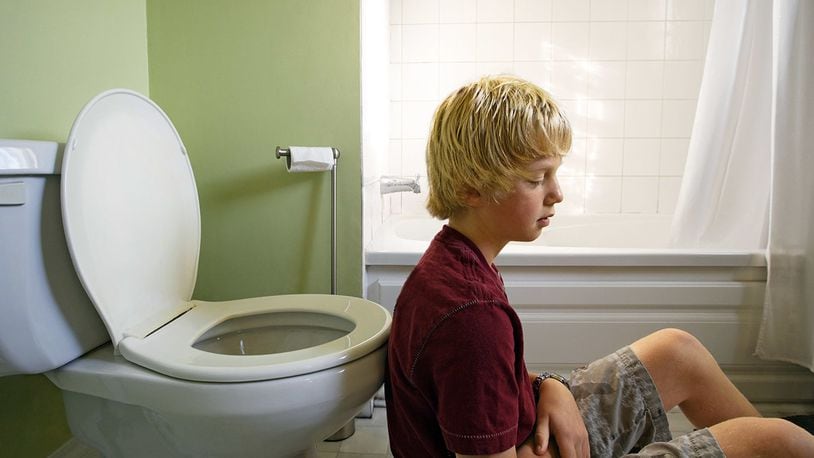- Common allergy medications could damage brain, increase dementia risk study finds
- Kelly Ripa didn't know Michael Strahan was leaving 'Live!'
- Divine sign? Indiana mom's otherworldly ultrasound picture goes viral
- Harriet Tubman on the $20: First African-American woman on US currency
- Dentist under fire for allegedly pulling all of his patient's teeth bites back
Touted by epidemiologists as a near-perfect human pathogen, norovirus has undoubtedly left a sick impression on almost everyone at some point. Few can forget 24 or more hours filled with vomiting, diarrhea, fever, aches and pains—especially when it strikes children.
Infamous for causing outbreaks on cruise ships, restaurants, schools and college campuses, this most common gastrointestinal bug is relentless in its ability to take people down. But part of the problem is that norovirus doesn't behave like other viruses, such as influenza and the common cold. And that means that most people have been wrong in their attempts to contain it.
Here are seven facts about the nasty pathogen and some helpful ways to rein it in.
- Norovirus is wildly contagious. Spread mostly through the fecal-oral route, it takes as few as 18 virus particles to sicken someone. But the fast-replicating bug creates a massive virus load inside its victims. Just 1 gram of noro-infected feces—about one-quarter of a teaspoon—carries a whopping 5 billion virus particles. That is enough to infect 300 million people.
- It is transmitted through the air. If possible, move away from someone who is vomiting. Stomach viruses can become airborne when a person throws up, putting anyone who inhales the contaminated air at risk for illness.
- Norovirus can live several weeks on surfaces. Yes, weeks, not days. Some viruses, such as HIV, live mere minutes once exposed to air. But norovirus has proved hardier living on surfaces outside its hosts. Clean and disinfect contaminated areas as soon as possible to prevent the virus from lingering and infecting people days or weeks later.
- This smart bug is probably resistant to your cleaning products. Dr. Anne Pryor has tested dozens of cleaning products on her Stop the Stomach Flu website. Surprisingly, most disinfecting wipes won't kill norovirus. Thorough cleaning with common bleach has proved the best way to zap this particular bug.
- Norovirus is virtually unfazed by alcohol-based hand sanitizers. This could be one reason why it spreads so readily through schools. Although most teachers routinely offer students the use of hand sanitizing gel, these have proved to be of little use against norovirus. Vigorous washing remains the tried-and-true way to decontaminate your hands. It's also wise to wear disposable gloves when cleaning up after someone with a stomach virus.
- Isolating the sick person can keep the rest of the family well. It's nearly impossible to quarantine a busy toddler or a small child, but vomiting adults and older children shouldn't hang out with a bucket in the living room. It's best to make them comfortable in their own bedrooms and keep other family members out during the active phase of illness. If possible, designate one bathroom for the sick person while the rest of the family uses another.
- Infected individuals can spread the virus for up to two weeks after recovery. While it's unreasonable to expect someone to stay at home for two weeks straight, Pryor recommends aiming for a longer recovery time than the 24 hours that most schools and businesses recommend. "It is also important to avoid going to unnecessary places like nursing homes and indoor playgrounds for much longer than 24 hours," Pryor said. "Those places should be avoided for two weeks. Children should stay home from school for at least 48 hours after the last symptom. They will still be contagious, but this is the minimum time it takes to be sure there won't be a relapse of symptoms. The child needs to be eating normally, pooping normally, and have their strength back before returning to school."
About the Author
